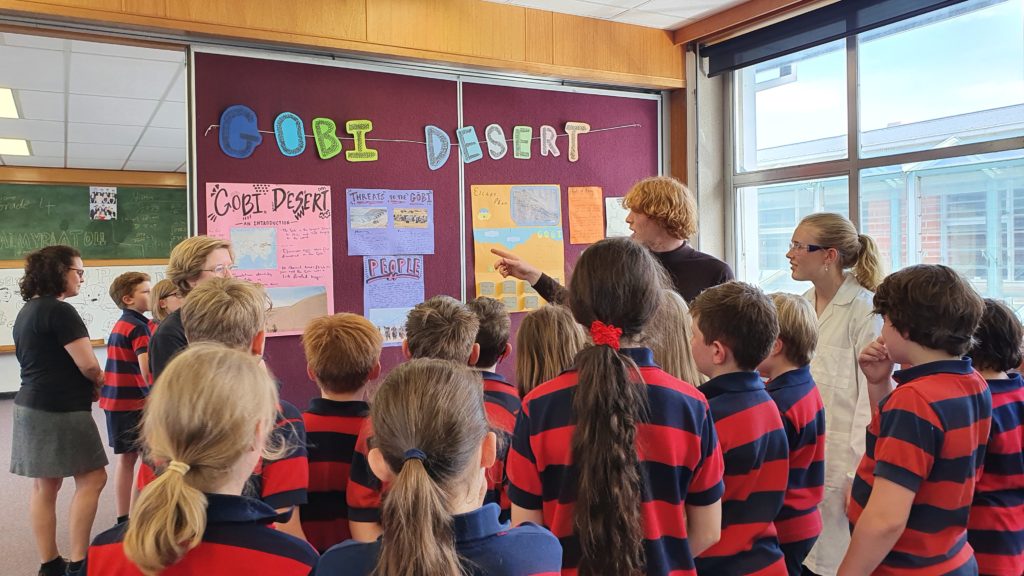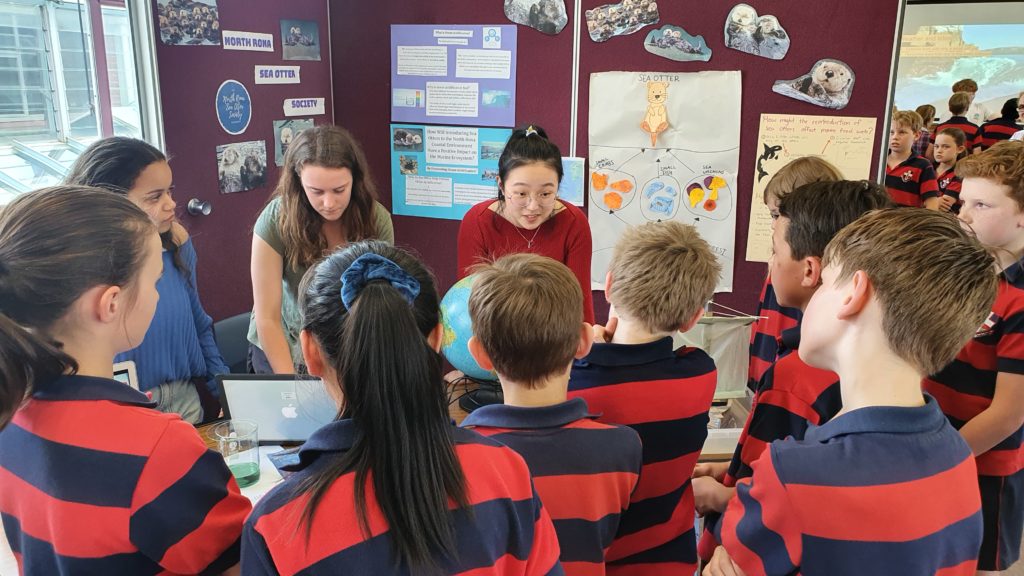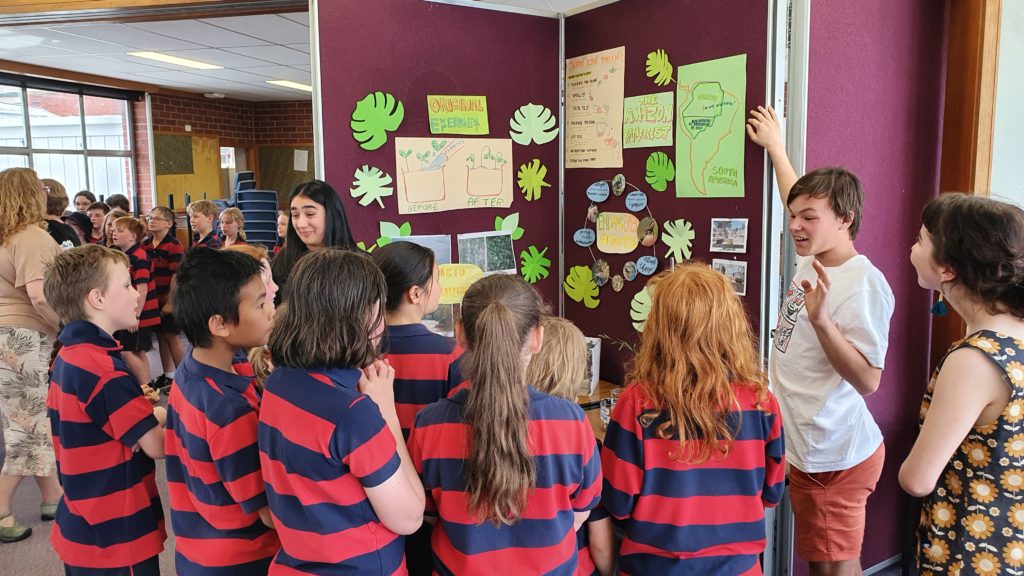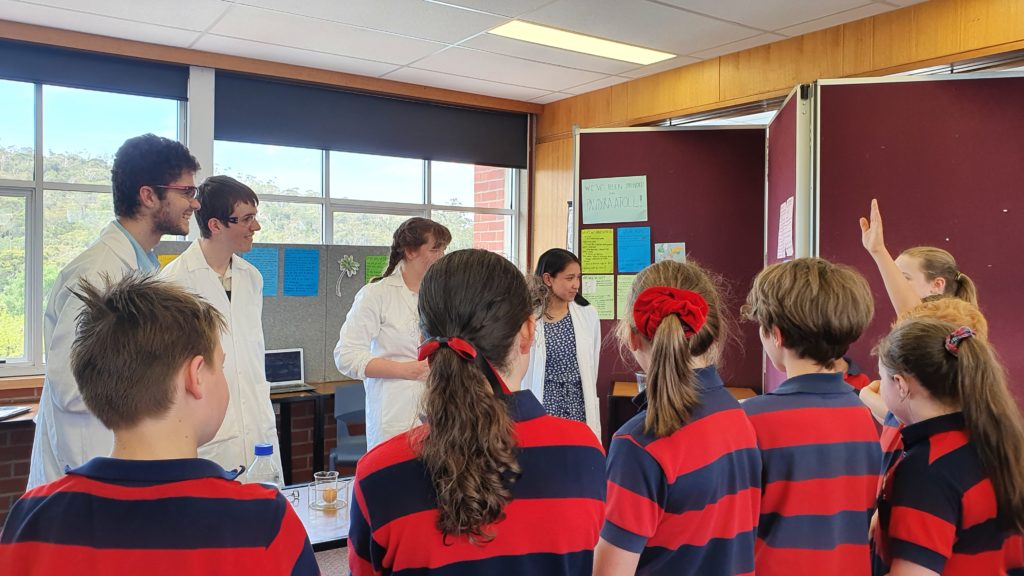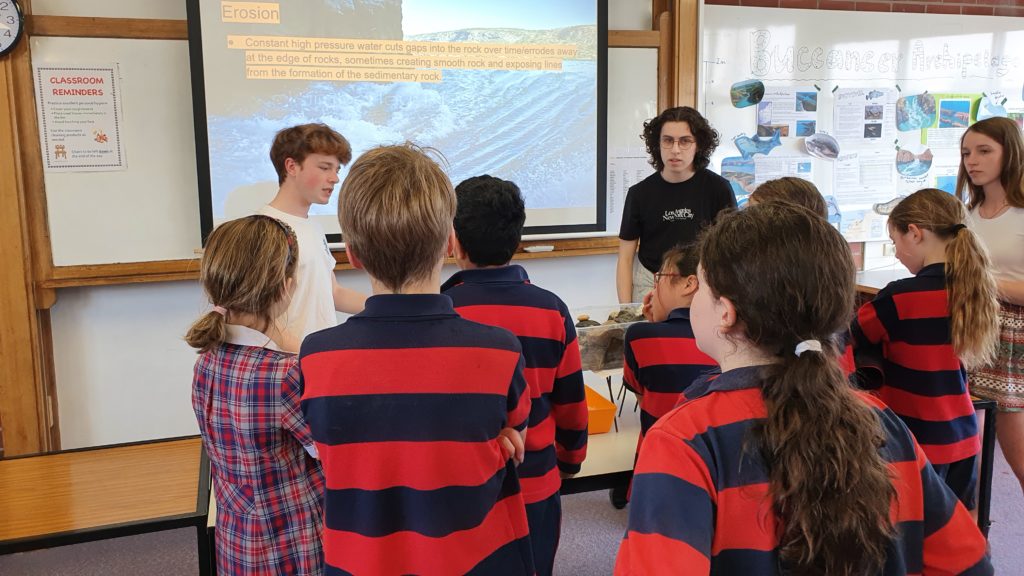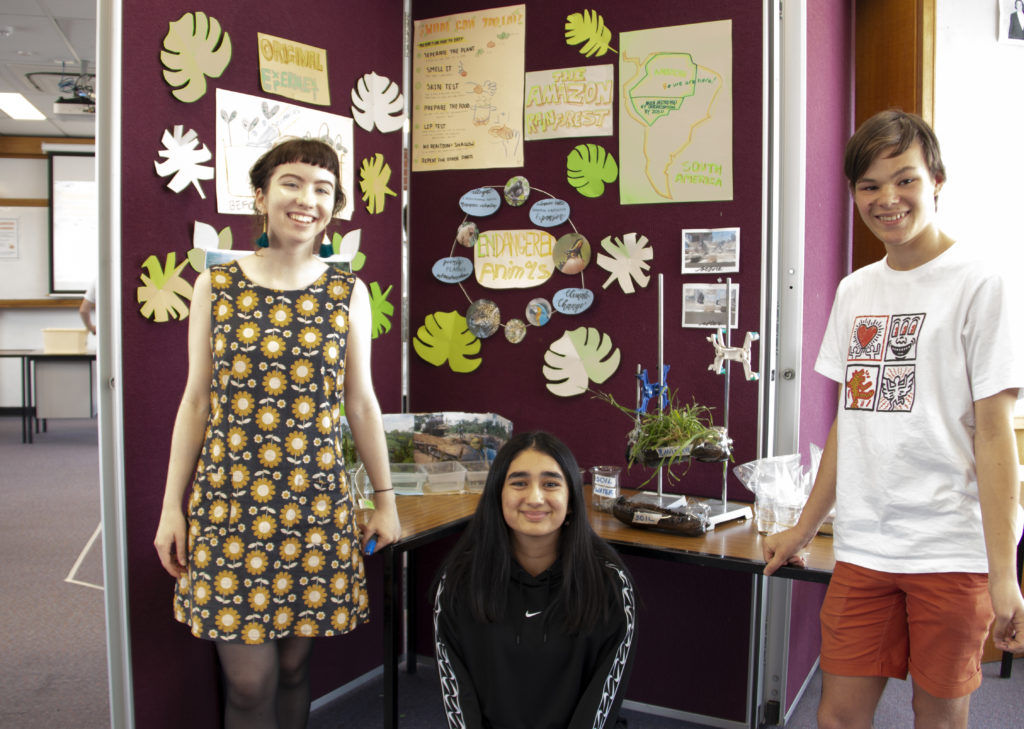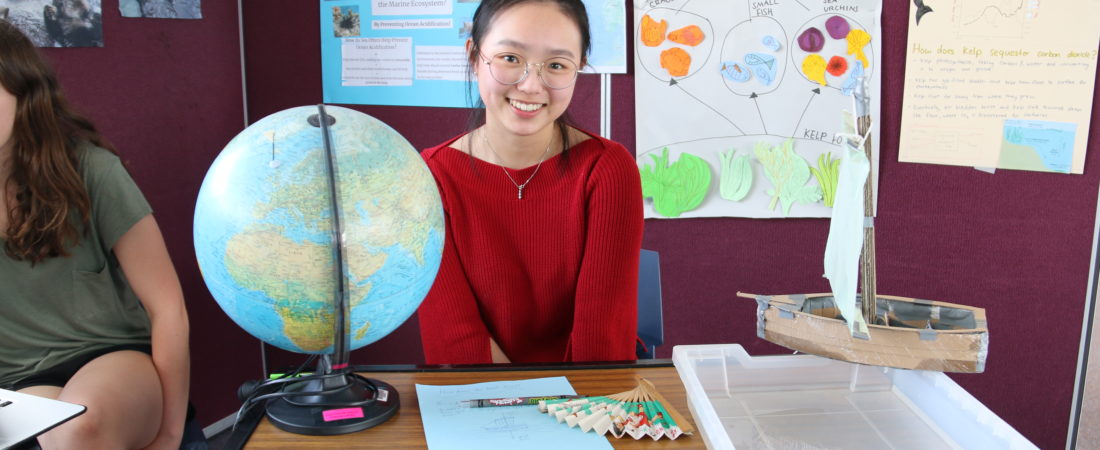The Year 11 IB “Group 4” Project
Posted on November 4, 2020
While our TCE students and Year 12 IB students are busy with exams, our Year 11 IB students have been having a bit of fun with science!
On Monday 2 November, students were placed in multidisciplinary groups (in each group there were students from the full range of IB science subjects – Chemistry, Biology, Physics, Environmental Systems & Societies, Computer Science) and asked to develop a scientific research project in a remote location. Each group was supplied with a different set of coordinates, revealing their location, and they then spent the morning planning their research project. They needed to showcase their scientific discipline as well as work as part of a team. This is where our science teachers threw a bit of a spanner in the works…
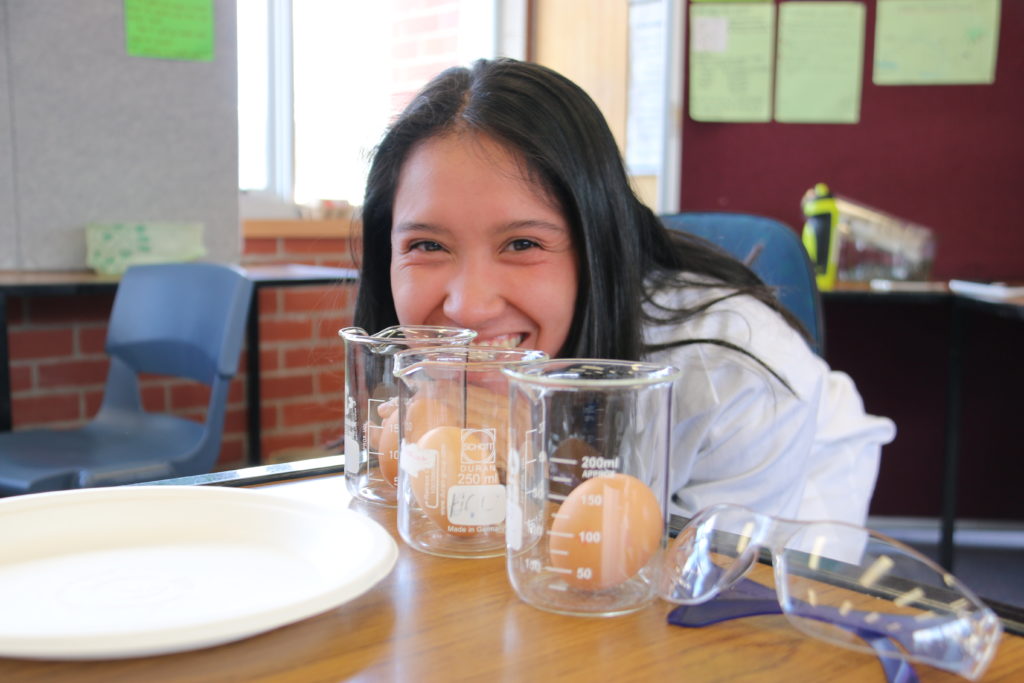
After several hours of work and a short recess, students returned to their projects only to be told that their mode of transport to their remote location had crashed or sunk and they were now stranded! Students needed to make the tough decision (as a group) to either stay in their remote location and survive for 6 months (the length of time until they would be rescued) or work out a way to escape and get home. Students were given a list of 20 possible items that they could have with them but they were only allowed to select two (no technology was available). In either scenario, they had to show how they would stay and survive or how they would escape, all while continuing to work on their scientific research.
This entire project was worked on over two days, with the final result being a presentation to the Year 4 Morris students, teachers and staff. The Morris students were able to vote for their favourite presentation, with the North Rona Island group winning the day with their colourful and informative presentation that included some very cute sea otters!
The presentations were as follows:
North Rona Island (The Winners!):
North Rona Island is a remote Scottish island in the North Atlantic. The students chose to do their research project on the introduction of Sea Otters to the North Rona coastal environment and the impact that would have on the ocean acidification. They also chose to leave North Rona, rather than tough it out for six months as North Rona is not a very habitable place and there are populated places not too far away from the island that should be accessible by boat (if they are able to fix or make a new boat).
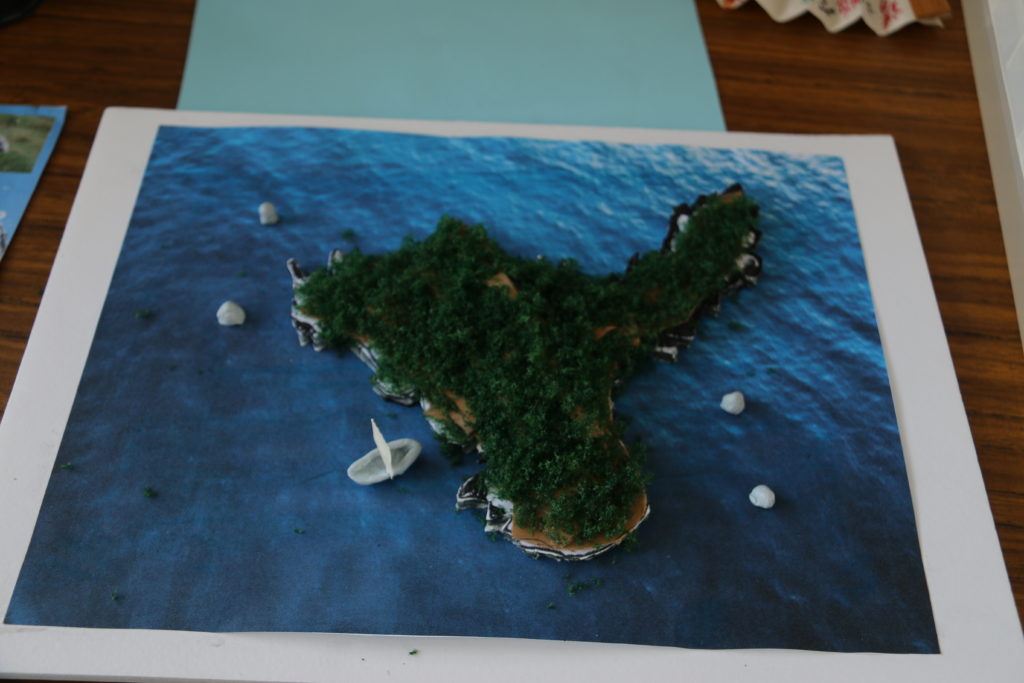
Amazon Rainforest:
The Amazon Rainforest is a tropical rainforest in the Amazon biome that covers most of the Amazon basin of South America.
This group decided to stay and wait to be rescued, demonstrating that they have enough knowledge to work out what they could and couldn’t eat and ways to test if certain things were edible.
Their research project was about deforestation and acid drainage.
Gobi Desert:
The Gobi Desert is a large desert or brushland region in East Asia. It covers parts of Northern and Northeastern China and of Southern Mongolia.
This group decided to trek out of the desert to find help. Their research focussed on threats to the Gobi Desert including farming and mining) and about different soil compositions and their ability to filter chemicals.
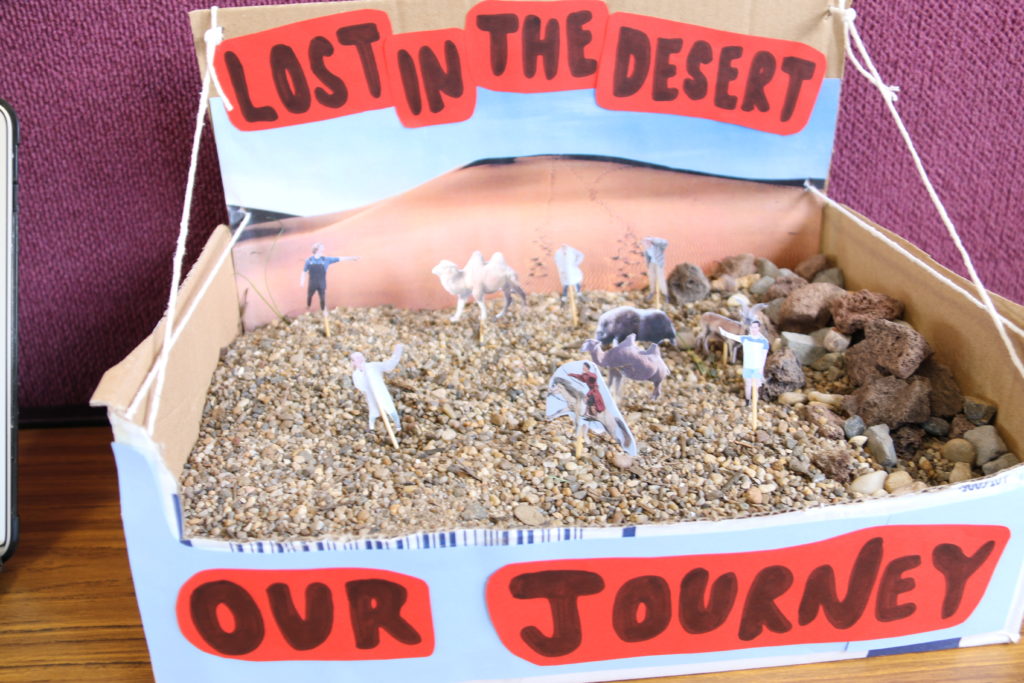
Palmyra Atoll:
Palmyra Atoll is located almost due south of the Hawaiian Islands, roughly one-third of the way between Hawaii and American Samoa.
This group decided to stay on the Atoll and wait to be rescued, demonstrating that they could theoretically cook an egg using hydrochloric acid created from resources available to them. Their research focussed on invasive coconuts.
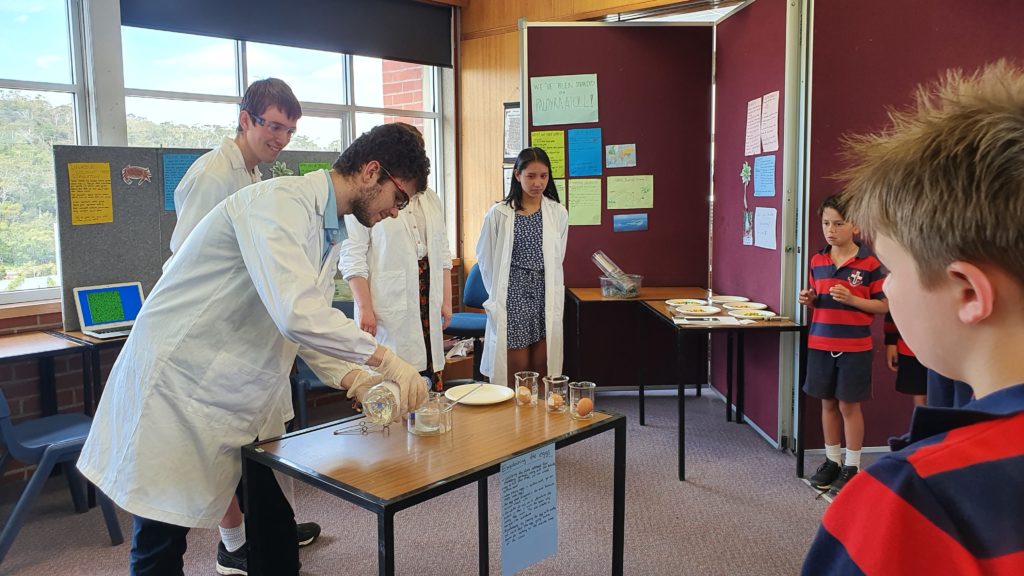
Buccaneer Archipelago:
The Buccaneer Archipelago is a group of islands off the coast of Western Australia near the town of Derby in the Kimberley region. The closest inhabited place is Bardi located about 54 kilometres from the western end of the island group.
This group also decided to stay and wait for rescue, keeping in mind the various dangers associated with the area (including crocodiles). Their research focussed on the horizontal waterfalls of Talbot Bay (located in the Buccaneer Archipelago). The tides in this area have a 10 metre variation which occurs over six and a half hours from low tide to high tide and vice versa. The effect of the waterfalls is created by the tide building up in front of the gaps faster than it can flow through them and there can be a four metre high waterfall between the bays.
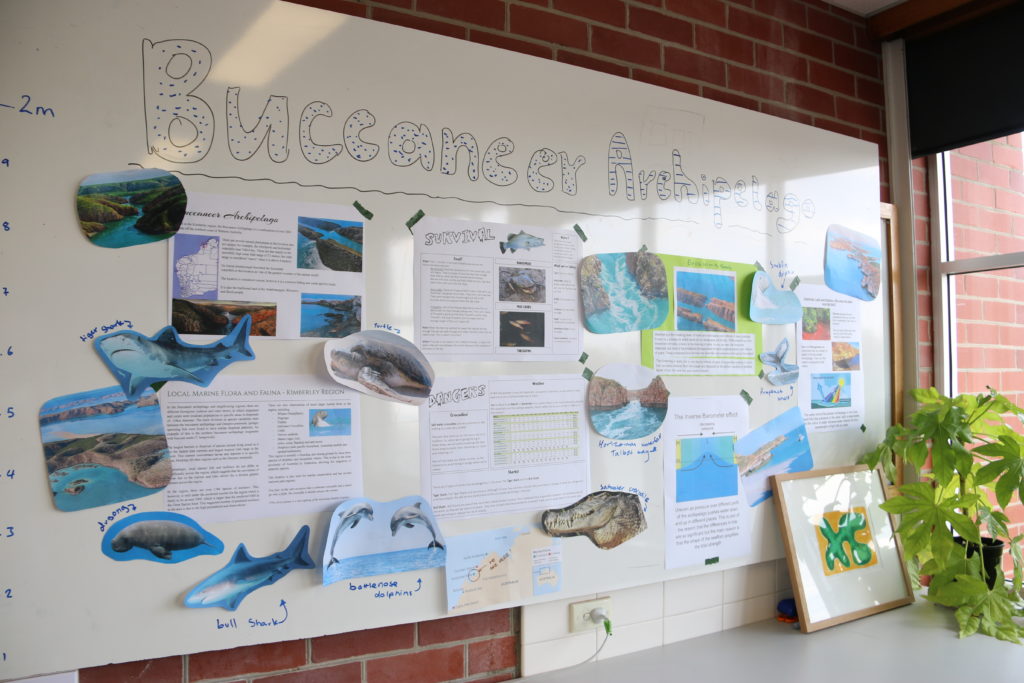
For more information about the International Baccalaureate Diploma Program, please explore our website or get in touch!
